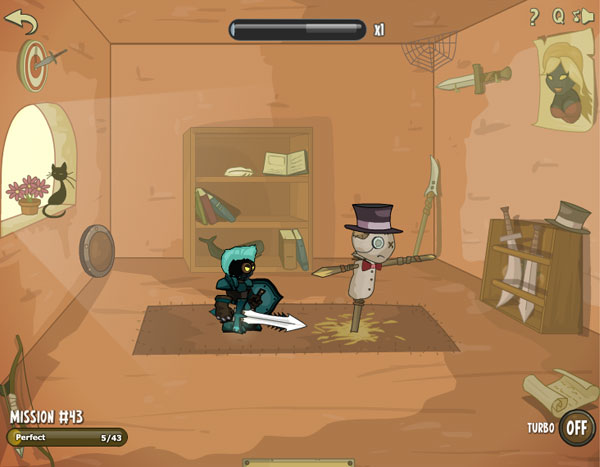

However, it is still true that by giving a son the family sword, the family hoped that it would protect him spiritually. It is obvious to anyone that as a weapon in modern warfare against machine guns, tanks, and bombs, a sword is not of much use other than close quarter self protection. So, when the sons of Japanese families were drafted, many were given the family treasure sword.

As with all countries and cultures, no one wants to see their children go off to war. It is at this point the overlapping of the two concepts is at its most prominent. In these cases, a family treasure does not necessarily mean National Treasure, etc. The second concept is kaho, or family treasure, which in many cases can be a sword. When the two words are used together they become omamori-gatana. This same concept is applied to swords using the generic word for sword, katana. Many of the Shinto shrines around Japan sell small silk purse amulets called omamori that contain prayers and invocations for spiritual protection. One, as mentioned earlier, is spiritual protection. There are two overlapping concepts in Japan concerning swords. Spiritual Protection of the Family Treasure And, the mass-produced swords that were made during the second world war (for the most part) fall into the offensive weapons category under current Japanese law and are therefore unlicensable and illegal. The mass-produced swords of the Warring States period have little to no collectable value. Swords that were produced as purely weapons generate little interest in Japan. However, the Japanese sword is foremost regarded as an object of spiritual protection and art. It is unrefuted that there are recorded cases to the contrary and evidence that swords were also used for executions, as well as the subtly different beheading ( kaishaku ) in cases of ritual suicide ( seppuku ). These include guns, which had been introduced to Japan in 1543.

There were many other much more effective weapons available for use at a distance. It can only be used in close quarters so is regarded as a weapon for self-defense. But, to the Japanese, the sword is not an offensive weapon made for merely killing. Of course, fundamentally swords are weapons. Like the Honjo Masamune, many of these swords, as opposed to their mass-produced counterparts for the war effort, are considered art objects and had been passed down in families for generations. Even today, its whereabouts, or fate, remain unknown. The sword was an heirloom of the Tokugawa family. The most famous of these swords that were never to return was the Honjo Masamune. Many of these swords confiscated inside Japan made their way into the hands of allied personnel and out of country. They are now known as Akabane-to (Akabane swords). The edict was stopped after the historical, cultural, and artistic importance of Japanese swords was pointed out to GCHQ, but not until many swords had been shoveled into furnaces, scuttled on barges in Tokyo Bay, or buried (like 40 swords recently discovered at a Nishi-Tokyo School).Īround 5,000 swords were confiscated and kept at a United States military facility in Akabane, Tokyo. Inside Japan an edict was issued by the allied forces for the confiscation of all weapons - including swords - from even the general public for their destruction. Instead, many were distributed among, or taken by, soldiers of the allied forces and taken back to their home countries.ĭisappearance and Destruction of Priceless Family History However, these swords were never returned.

Many of the soldiers who had taken their family blades to war were under the impression that their swords would be returned to them at a later date, so a large number of swords were handed over with a name tag (commonly known as surrender tags) attached, with personal details of the owner written on it.


 0 kommentar(er)
0 kommentar(er)
